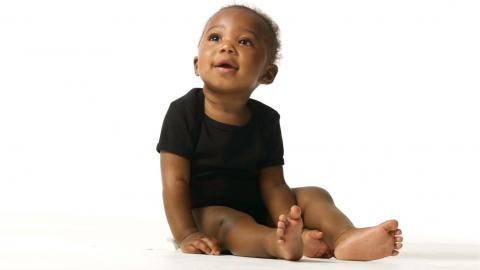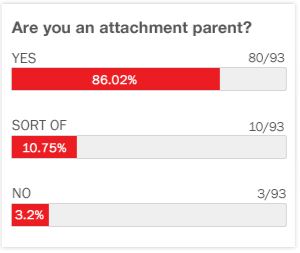Defining transgender and gender non-conforming
Comment
Johanna Olson, MD, explains the differences between the terms transgender and gender non-conforming in children
174
Transcription:
Transgender is kind of an umbrella term that really describes a person who has an internal gender identity that is different than the one they were assigned at birth. So, people get assigned a gender based primarily on their genital anatomy when they’re born. So, the first thing that you hear in a hospital is, “It’s a girl, or It’s a boy.” You rarely hear, “It’s a baby.” –w hich is probably what we should be saying. So, some people, as they grow up, they recognize in different ways, that they actually feel that they have a different gender that they identify with internally, that is not aligned with their body. It’s important for people to understand that transgender is generally used as an identify. So, people self-identify as having this discordance between their internal gender and their assigned birth gender. But in childhood, children sometimes behave as gender non-conforming, so we call children not necessarily transgender, but gender non-conforming, which means they’re behaving or expressing their gender in a way that would be unexpected based on their genital anatomy. And that may be things like a boy-bodied person who wants to, say, paint their nails, or wear a skirt, or wear high-heels , or have long hair, wear a wig. O, in the flip, reverse direction a girl-bodied person who may say, “I am a boy. I wish I were a boy, or call me a boy’s name.” We have a little more latitude in the way that girl-bodied people express their gender. So, people usually don’t get upset when their girl-bodied child wants to wear pants, or wants to play sports, or wants to play video games, or things that we may associate with more typical male behavior. But if a boy-bodied person wants to wear girl’s clothing, or play with girl’s toys, it generally tends to make us more alarmed as parents, as pediatricians, and as a society.
Johanna Olson, MD, explains the differences between the terms transgender and gender non-conforming in children
Related Videos
Transcript
Expert Bio
More from Expert
Johanna Olson, MDMedical Director, Center for Transyouth Health and Development, Children’s Hospital Los Angeles
Johanna Olson, MD is a pediatrician in the Division of Adolescent Medicine at Children’s Hospital Los Angeles and Medical Director of the hospital’s Center for Transyouth Health and Development. She specializes in the care of transgender youth, gender variant children, youth with HIV, and chronic pain. Board certified in Pediatrics and Adolescent Medicine, Dr. Olson is also an Assistant Professor of Pediatrics in the Keck School of Medicine of the University of Southern California. She has appeared on ABC's 20/20, The Dr. Phil Show, CNN, Dateline NBC and The Doctors to educate audiences about the needs of transgender youth.




 GET ACCESS TO ALL PREMIUM CONTENT WITH NO ADS FOR $4.99/MONTH
GET ACCESS TO ALL PREMIUM CONTENT WITH NO ADS FOR $4.99/MONTH




Login or Register to view and post comments